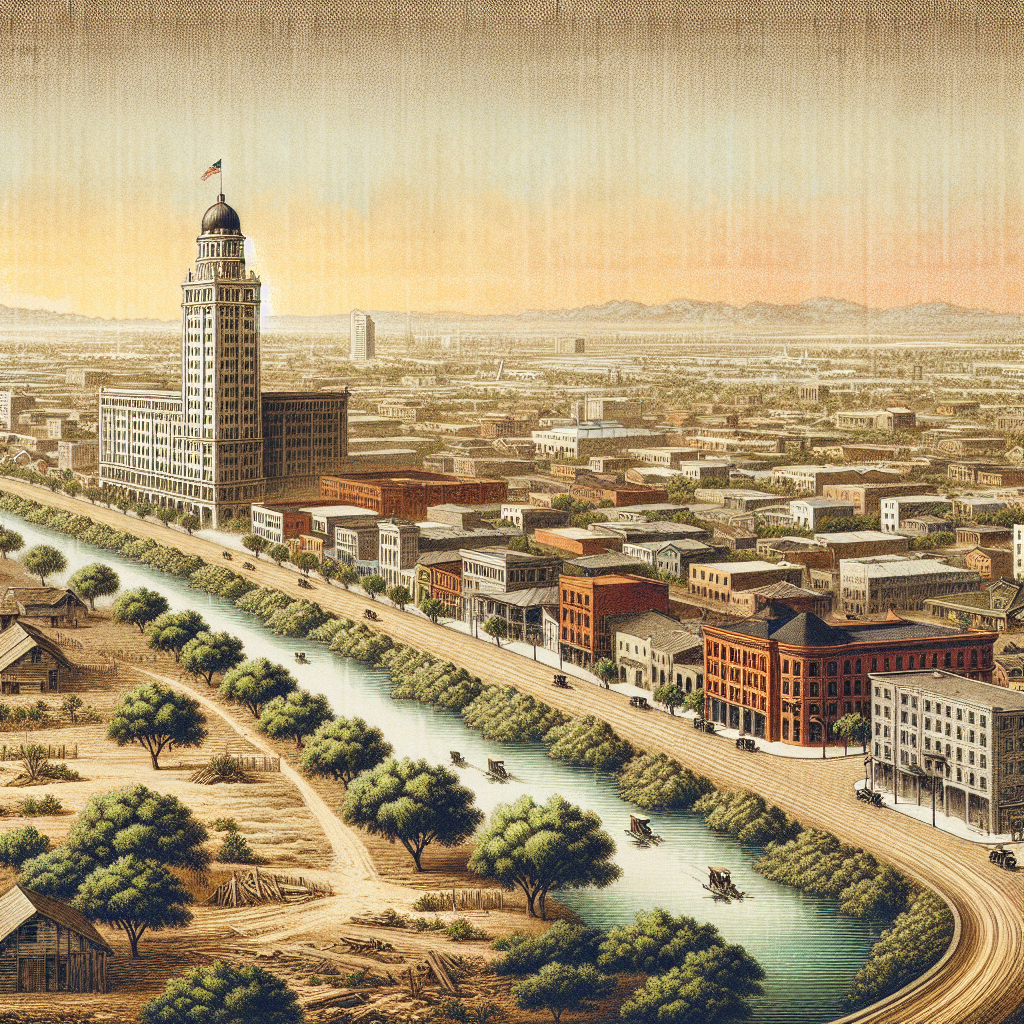Picture this: a sprawling field nestled amidst urban chaos, where the thud of leather against willow echoes as proof that life isn’t just about towering concrete. That’s Mission Road Ground, a place that lives and breathes cricket in Bengaluru, India. This field has witnessed countless cricket matches, from local school tournaments to professional training. Built in the 1980s, Mission Road Ground has become a beloved symbol of camaraderie and competition. It has been a crucible where sportsmanship and community spirit are forged together, offering a respite from the city’s relentless pace.
The ground is more than just a strip of green in the heart of the city. It’s where dreams of becoming the next Virat Kohli are kindled and nurtured. On any given Sunday, you’ll find enthusiastic young players, both amateur and semi-professional, putting in hours of practice. For those unfamiliar with cricket, this may seem like just a hobby. But to those with dirt-streaked clothes and aspirations to play nationally, it’s a livelihood. Training here isn't just physical; it's mental. It's a test of patience, a lesson in teamwork, and sometimes, a harsh reality check.
This ties into our society's broader discussion about the importance of sports in youth development. For the younger generation, sport is not just recreation; it’s a form of expression and a way to channel energy. In a world where screens often serve as proxies for real experiences, fields like Mission Road Ground serve as reminders of authentic human interaction. Despite the rise of video games and virtual connectivity, sports demand physical presence and engagement—the kind that builds not only muscle but character. This ground forces youth to step out of their comfort zones, to lose graciously and win humbly. For parents, the field is a safe haven where character, resilience, and discipline are quietly cultivated.
Mission Road Ground is not just about sports; it’s a microcosm of Indian society. Here, the socio-economic divide blurs. Boys and girls from diverse backgrounds play side by side, their common goal erasing external distinctions. Cricket has always been more than a game in India—it's a social equalizer. The sight of young players sharing strategies is a reassuring reminder of unity in diversity, a concept often heralded yet seldom seen.
Of course, there's a growing debate around the preservation of spaces like these. Many people argue that as cities expand, recreational areas should make way for housing and development. While urbanization is necessary to accommodate ever-growing populations, it's vital not to sacrifice the spaces that bring communities together. As someone who often gravitates toward politically progressive ideas, I see merit in both perspectives. Urban advancement and green spaces needn’t be mutually exclusive. Smart city planning can integrate such grounds, preserving them not just for sports but as community assets that promote well-being.
Infrastructure renewal is equally crucial. While Mission Road Ground is a treasure trove of history and sport, it faces the inevitable wear and tear of constant use. Investment in maintaining these grounds ensures that future sports enthusiasts don’t lose out on the experiences that enriched previous generations. Yet, government and public interest often seem limited to grand stadiums and facilities that generate revenue. Community grounds deserve similar attention; they are incubators of talent and social interaction.
Another point to consider is how these spaces can evolve to offer more than just cricket. Adding facilities like jogging tracks, children's play areas, and event spaces could transform Mission Road Ground into a multi-use community hub. Imagine concerts or farmers' markets drawing people in, further weaving the community fabric tighter. This kind of inclusive development would attract a wider array of residents, creating diverse touchpoints for engagement.
The financial sustainability of these grounds can be a complex puzzle. Nonetheless, community efforts combined with public and private partnerships often provide a feasible path forward. Fundraisers, sponsorships, and events could provide necessary funding, while local involvement ensures that the ground remains attuned to the community’s needs.
Maintaining spaces like Mission Road Ground isn't just about nostalgia or tradition—it's about preserving opportunities for growth, unity, and development. For young people, these places matter. They need arenas where they can run, compete, fail, and try again. The digital age offers many conveniences, but it cannot replace the raw beauty of human connection, the lessons learned from defeat, or the marvelous feel of scoring a six. The continued existence of Mission Road Ground is proof that not all is typeface and touchscreen. It's community, it's history, it's future—all rolled into one expansive patch of earth.

